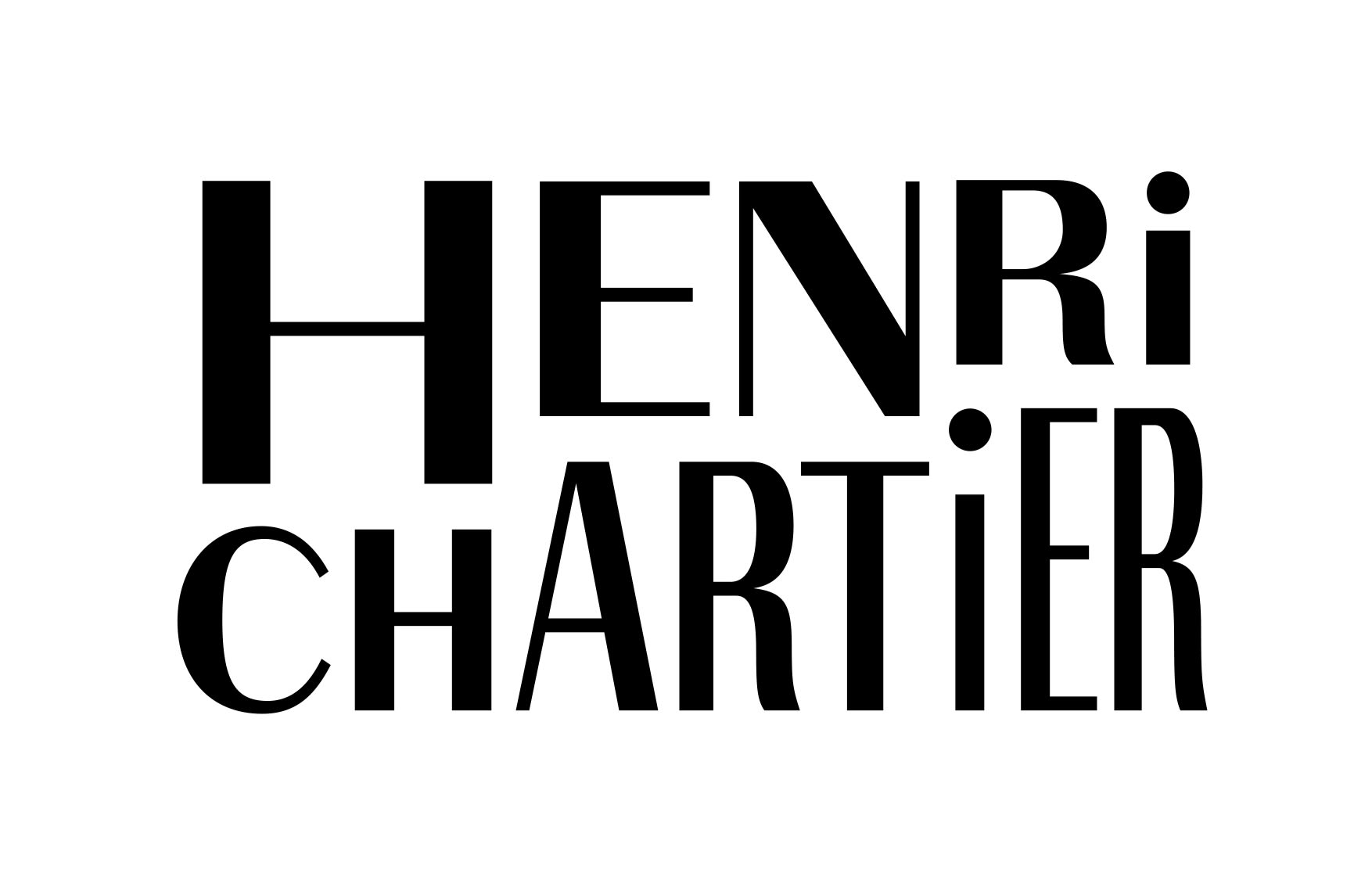Biographie de l'artiste / artist's biography
Né en 1960, il apprend la photographie en 1980 au stage expérimental photographique de Claudine et Jean-pierre Sudre.
Dès 1981, Blaise créé son 1er atelier destiné à la création photographique, puis cinématographique.
Proche du monde de la culture, il se spécialise et consacre une grande partie de sa vie à réaliser des documentaires photographiques et cinématographiques de grands évènements d'art contemporain en France et en Europe, choisissant dès le départ de concilier à juste part une pratique professionnelle et une création artistique avec la photographie.
Cette proximité avec la création contemporaine l'éloignera rapidement de ses premières influences, Cartier-Bresson et l'instant décisif ; "Difficile de faire mieux et j’avais l’impression que poursuivre me conduirais au plagiat. A une forme de répétition qui est le premier danger de la photographie. Alors je me suis intéressé au processus, au montage, à la pensée, à la poésie, au cinéma, à Godard."
Depuis l'origine de sa photographie plasticienne, l'utilisation et le dialogue entre plusieurs images est une constante, sous forme de séries utilisant la séquence, les juxtaposition, superpositions, montages argentiques ou numériques ....
"L’image est une surface ambiguë, qui circule entre ses limites et un envers du décor immense qui rencontre mon imaginaire ; j'aime qu'elle circule entre plusieurs états transposant le réel au lieu de le représenter.
Là où, pour de nombreux photographes, l'instant du déclenchement constitue une sorte d'aboutissement, le résultat ainsi obtenu est pour moi seulement un embryon, une potentialité à comprendre, développer, travailler.
Ce glissement entre l'observation d'un réel objectif vers l'observation d'un réel photographique, subjectif, prélevé sous la forme du négatif argentique ou du fichier numérique est dans mon travail le chœur de la création ; c'est dans cette période qui peut durer que l'image trouve sa plasticité dans le traitement qui lui sera réservé et qu'elle donne également son sens."
Blaise Adilon was born in 1960. He learnt photography in 1980 at the experimental photography course run by Claudine and Jean-Pierre Sudre.
In 1981, he set up his first photography studio, then a film studio.
Working closely with the art world, he has become a specialist; he devotes a large part of his life to making photo and film documentaries of major contemporary art events in France and Europe. Blaise Adilon decided at the outset to strike the right balance between a professional career and one of artistic creation through photography.
His close contact with contemporary art soon led him away from his early influences, Cartier-Bresson and the decisive moment. "It was difficult to do better and I had the feeling that continuing along that line would lead me towards plagiarism, to a kind of repetition which is the primary danger in photography. So I became interested in the process, in editing, in thought, in poetry, in cinema, in Jean-Luc Godard.”
Blaise's use of several images in dialogue with each other has been a constant since he started making art photography. These images take the form of series that involve sequence, juxtaposition, superimposition, and gelatin silver or digital montages.
"The image is an ambiguous surface, which circulates between its limits and an immense reverse side that intersects with my imagination. I like it to circulate between several states and to transpose the real rather than represent it.
Whereas for many photographers the moment of releasing the shutter is a kind of culmination, that moment is just the beginning for me, an embryo with a potentiality that I need to understand, to develop, and to work on.
That shift from observing objective reality to looking at a subjective, photographic reality in the form of a gelatin silver negative or a digital file, is the core of my work. While that is happening, and it can last a long time, the image becomes art through the treatment that is applied to it; it is also the moment when it reveals its meaning."
Translation Jeremy Harrison

